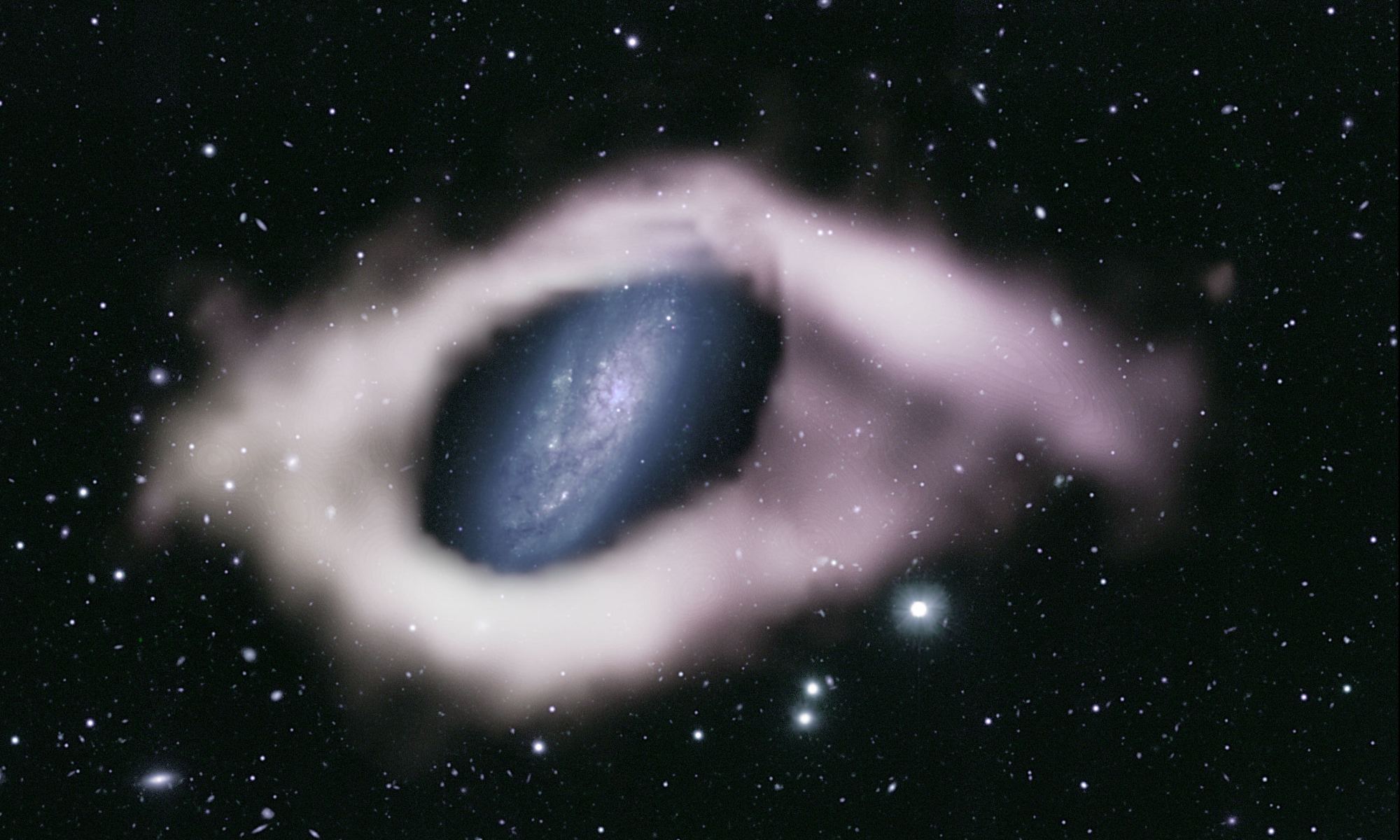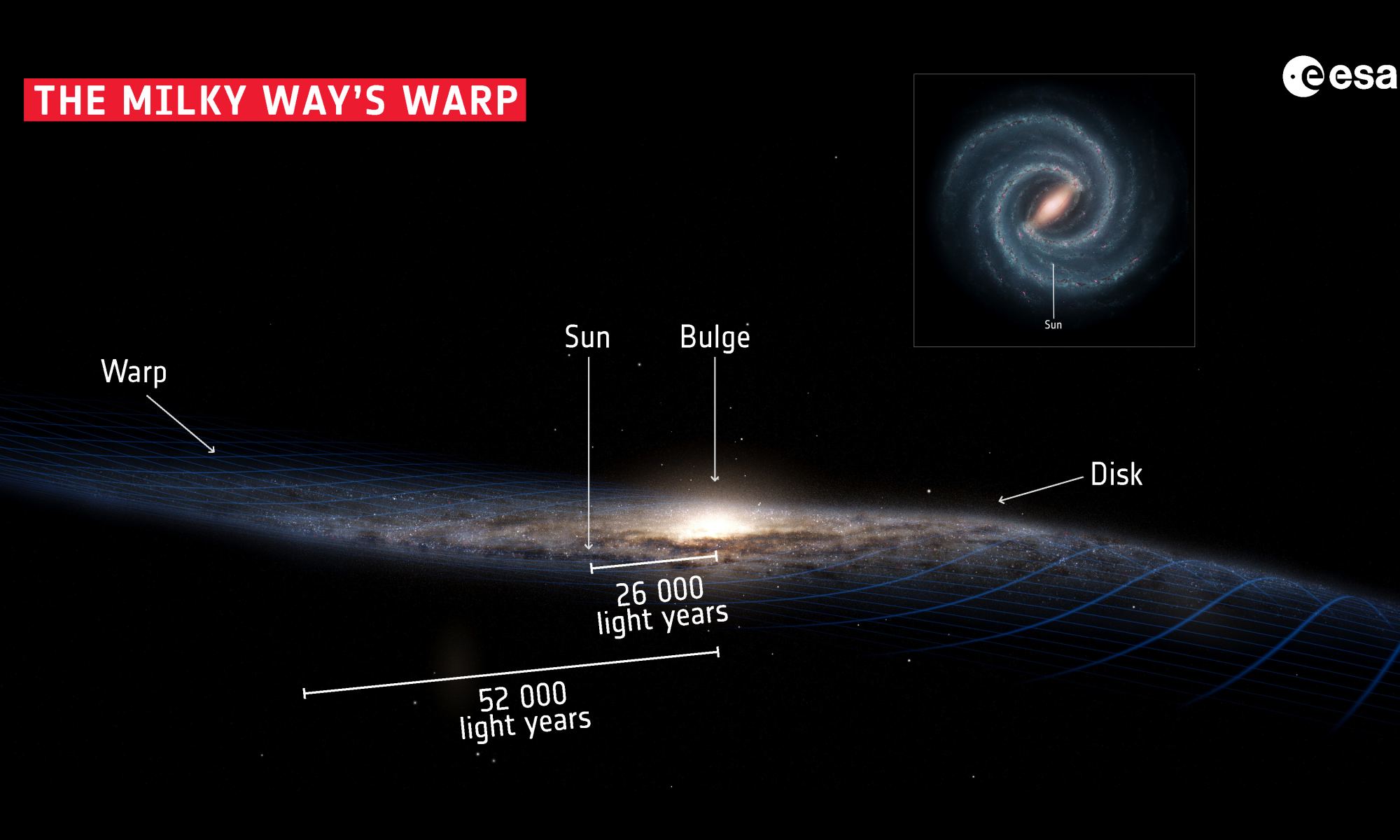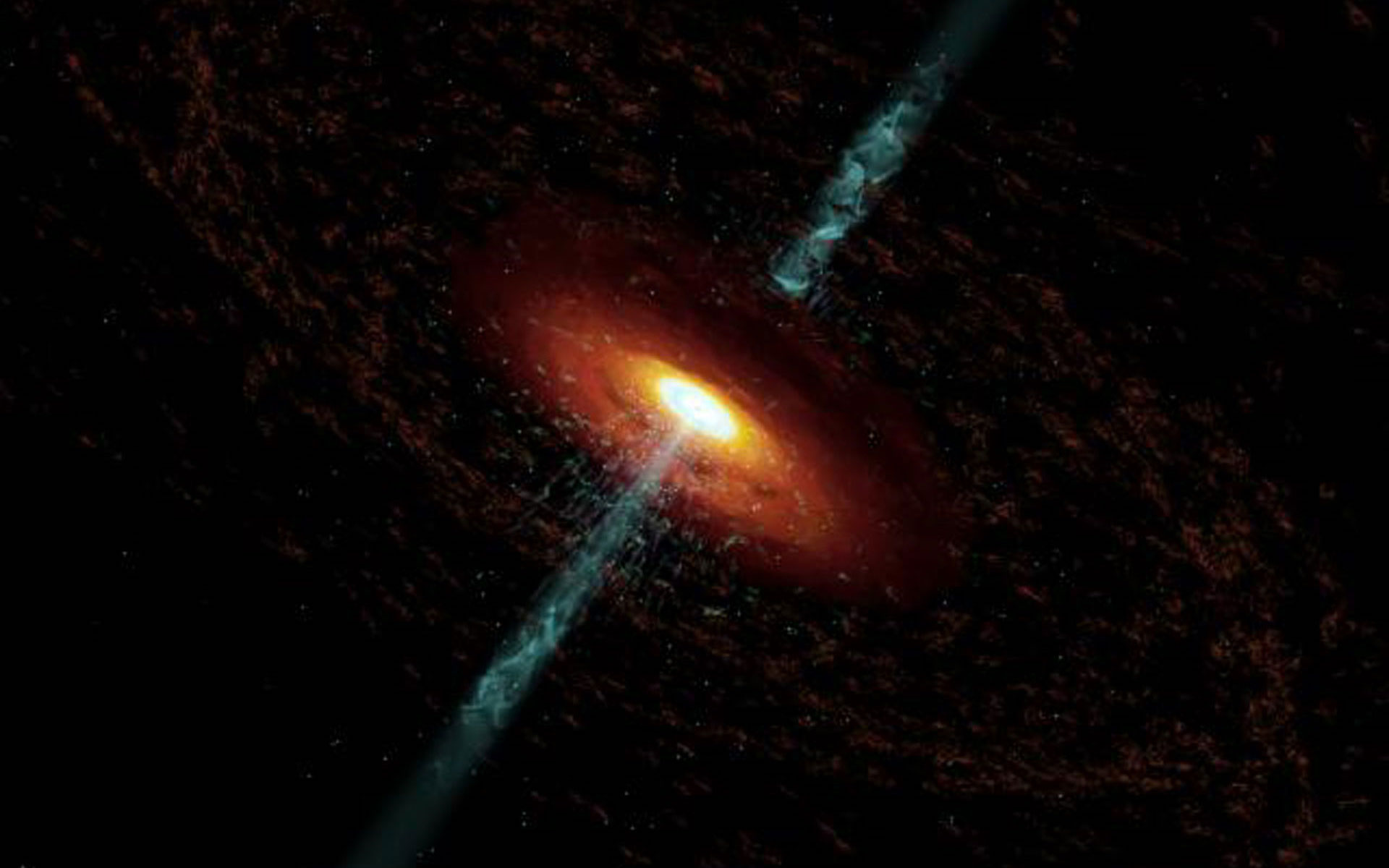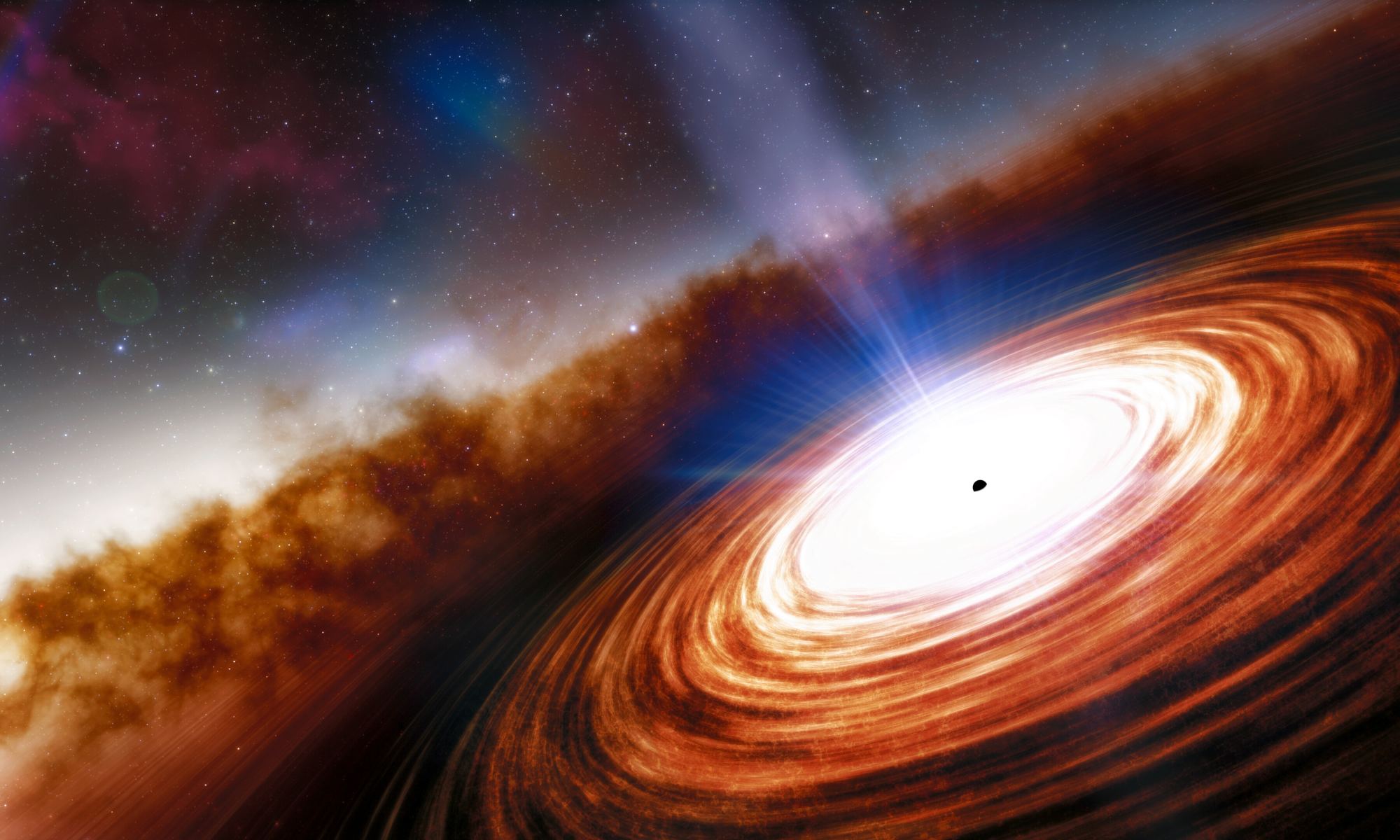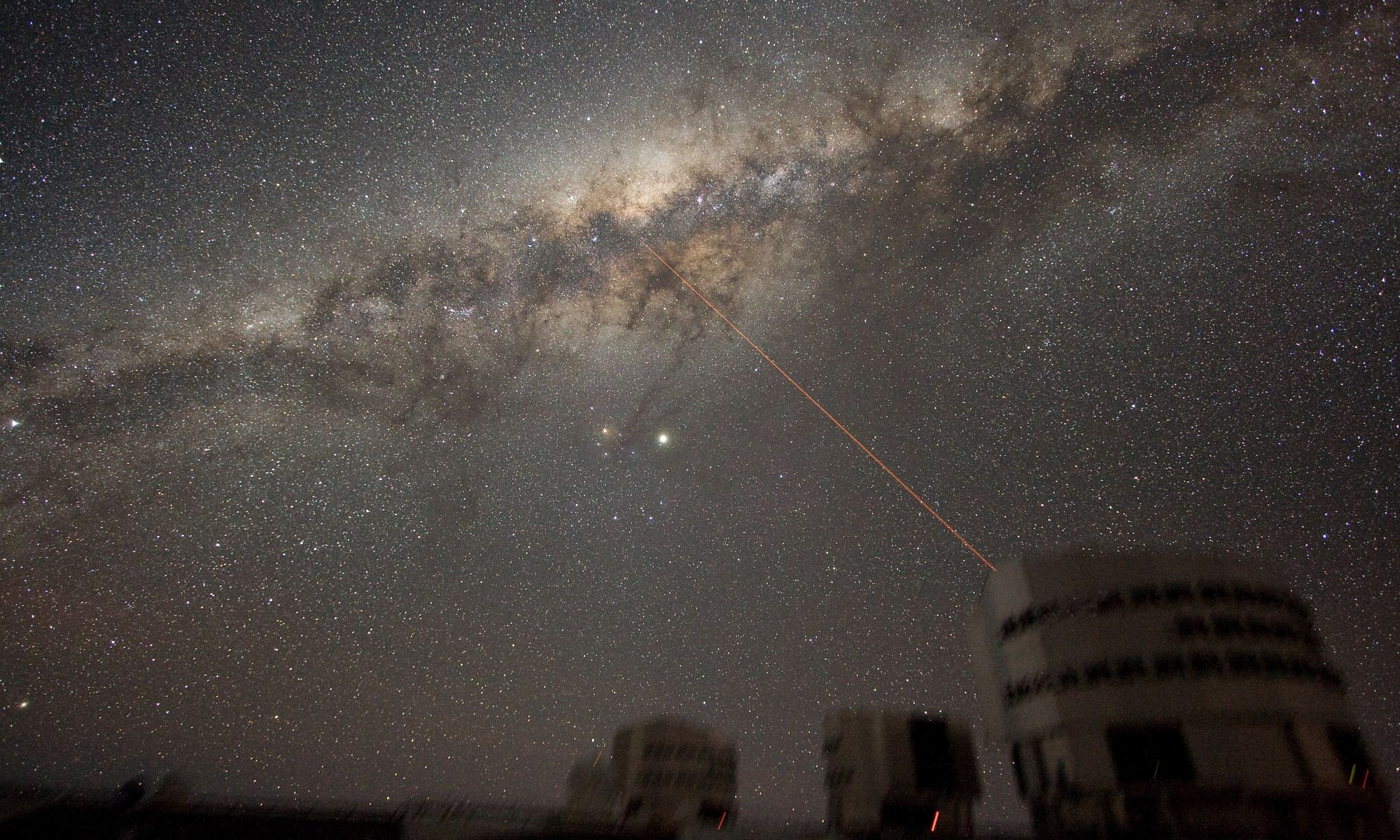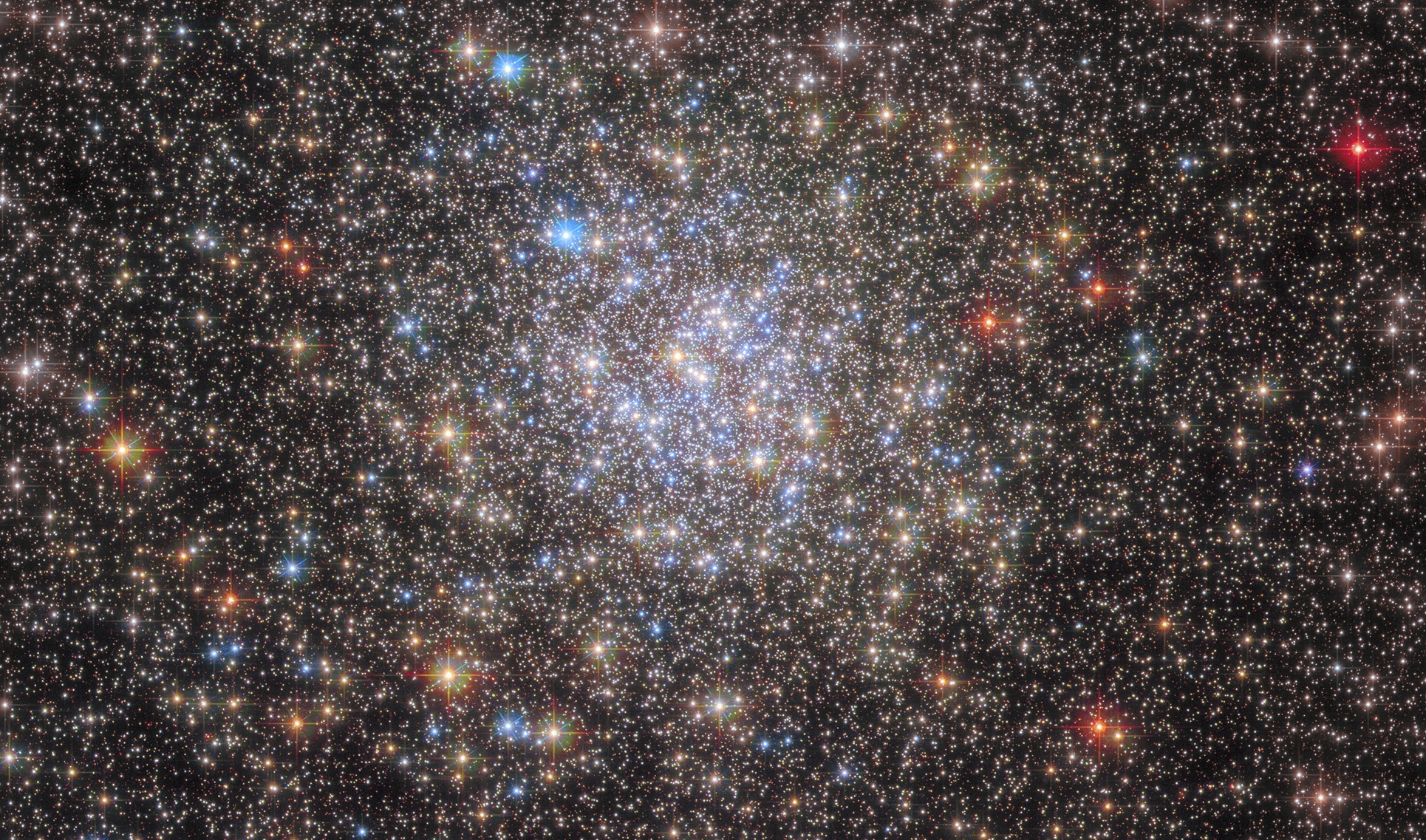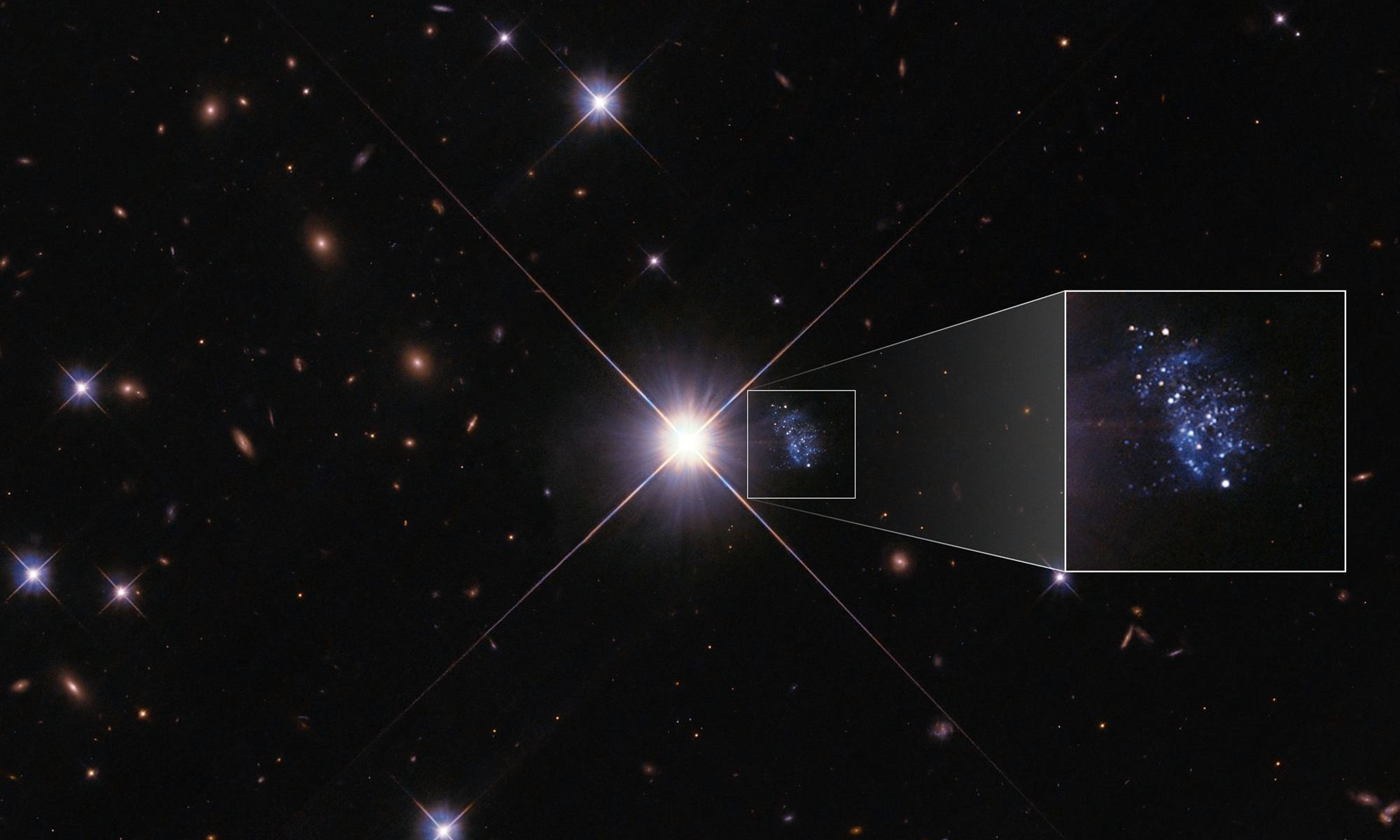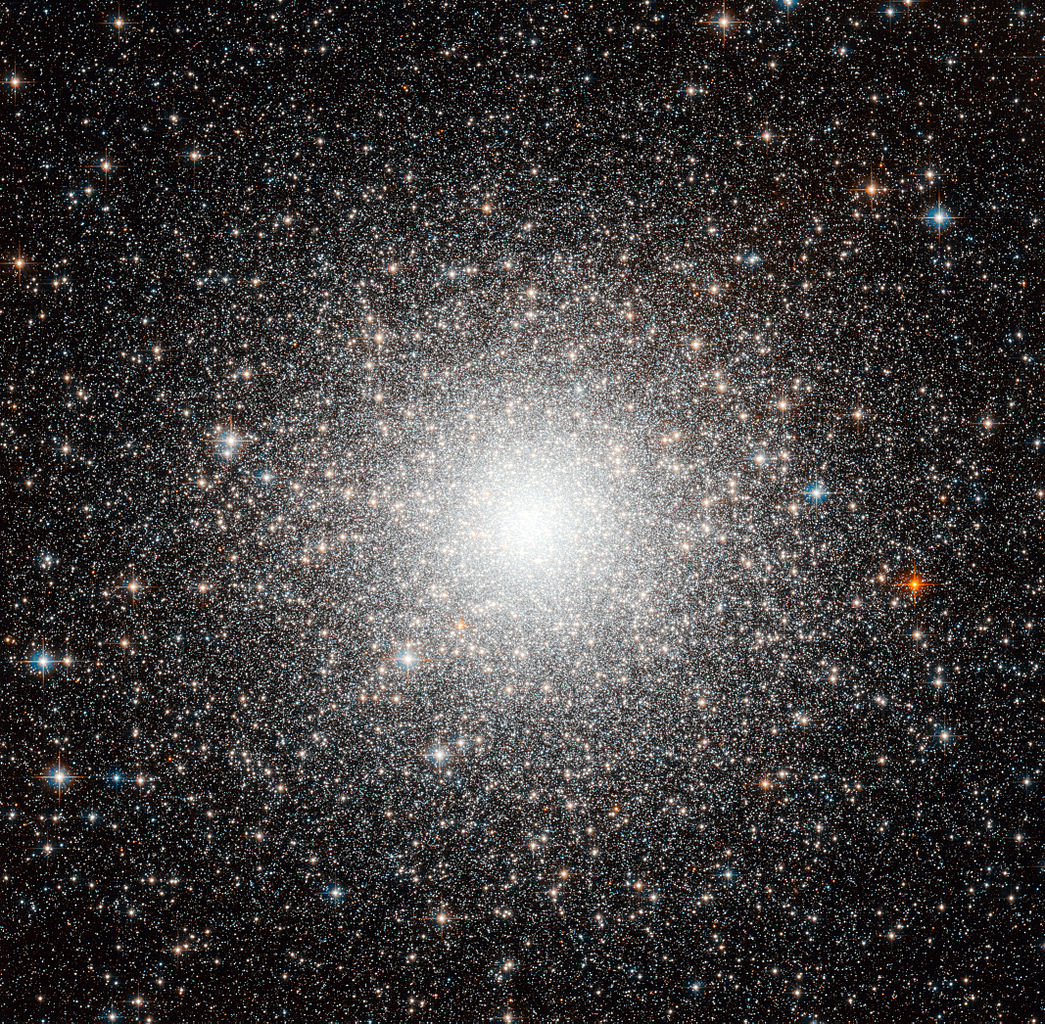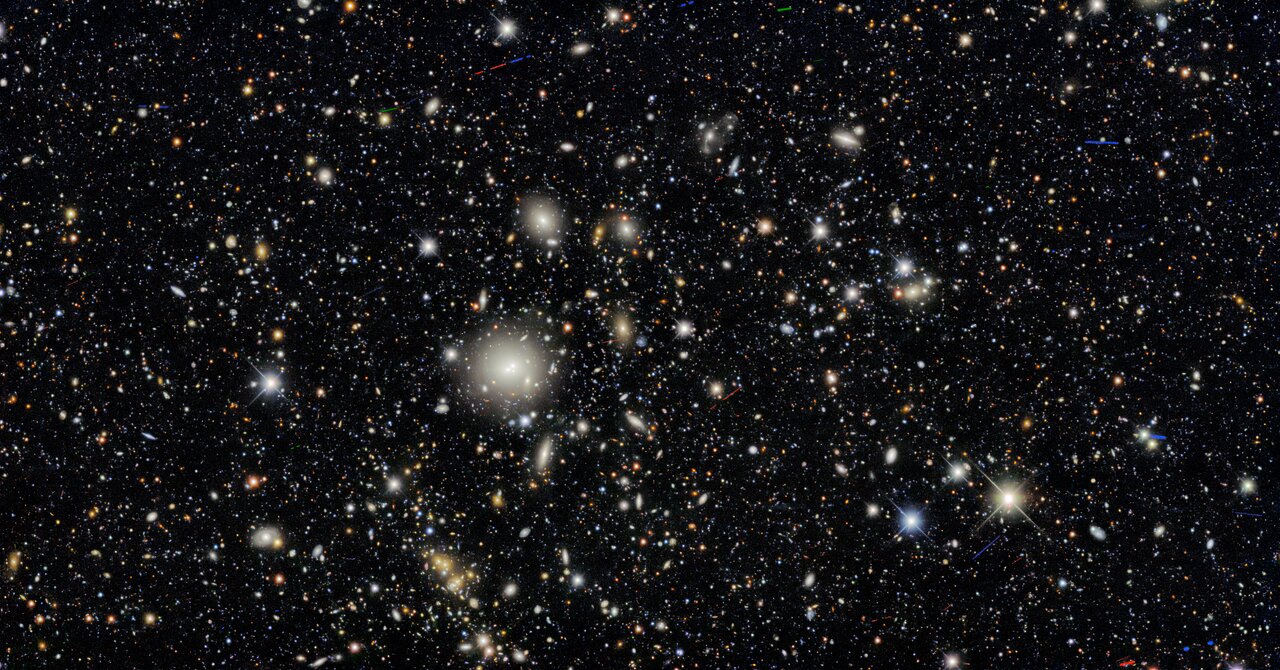In August 2013, the Dark Energy Survey (DES) began its six-year mission to map thousands of galaxies, supernovae, and patterns in the cosmic structure. This international collaborative effort is dedicated to investigating the mysterious phenomenon known as Dark Energy. This theoretical force counter-acts gravity and accounts for 70% of the Universe’s energy-mass density. Their primary instrument in this mission is the 570-megapixel Dark Energy Camera (DECam), mounted on the Victor M. Blanco 5-meter (16.4 ft) telescope at the Cerro Tlelolo Inter-American Observatory in Chile.
Between 2013 and 2019, the DECam took over one million exposures of the southern night sky and photographed around 2.5 billion astronomical objects – including galaxies, galaxy clusters, stars, comets, asteroids, dwarf planets, and supernovae. For our viewing pleasure, the Dark Energy Survey recently released fifteen spectacular images taken by the DECam during the six-year campaign. These images showcase the capabilities of the DECam, the types of objects it observed, and the sheer beauty of the Universe!
Continue reading “The Dark Energy Camera has Captured a Million Images, an Eighth of the Entire sky. Here are Some of its Best Pictures so far”
